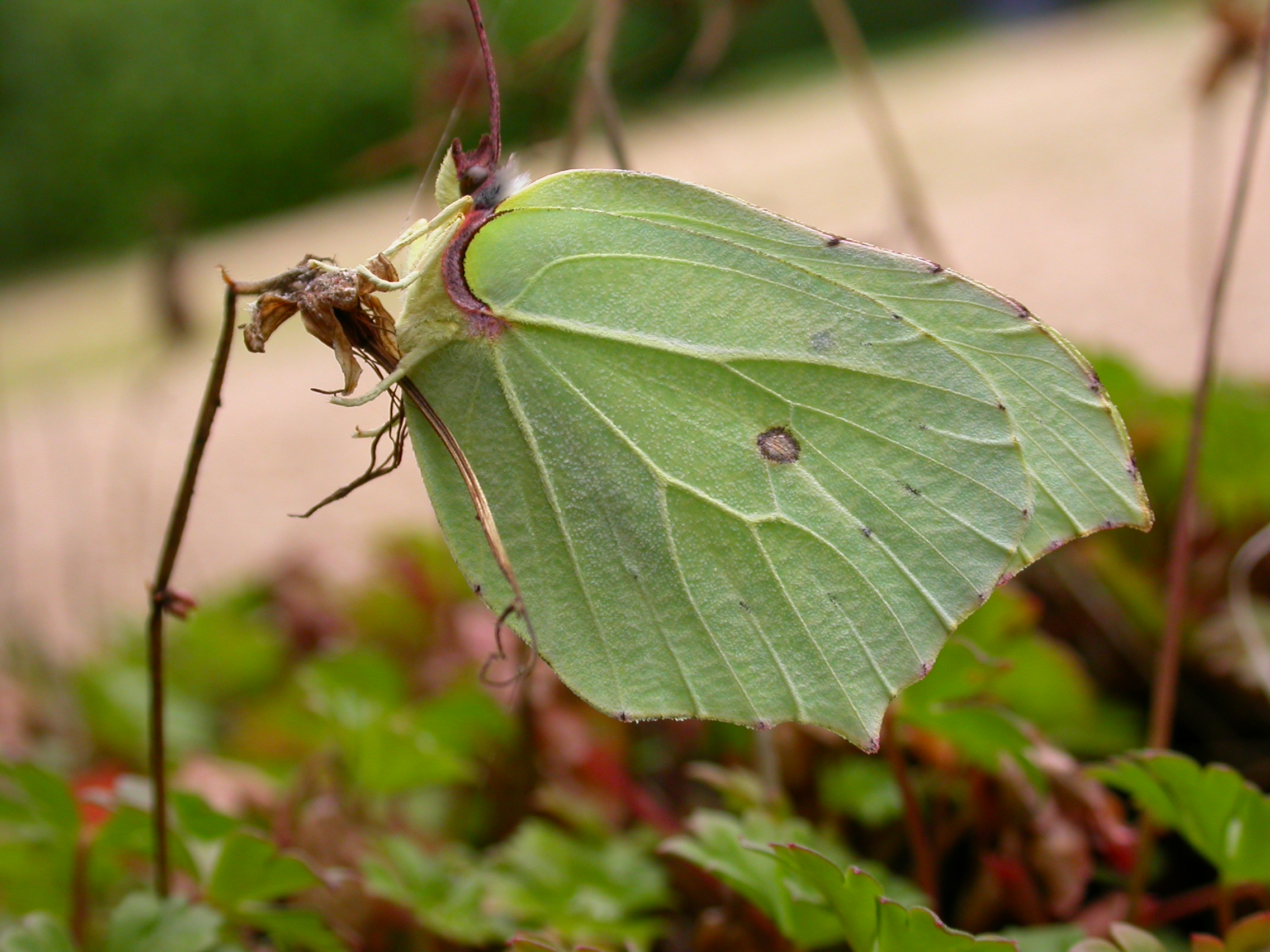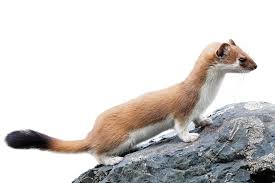Sickleholme Nature Notes
I will best remember January as the month when I had more lunches at the club than rounds of golf, thanks to the vagaries of the weather. These wildlife notes may have been a bit thin, therefore, were it not for the other members who have been kind enough to share their sightings with me. Overall, the course lacked colour, as will always be the case at this time of year, although Gorse can flower in every month, the mild spell caused the first Daisies to open up and the sight of Hazel catkins at least showed that we were past the midpoint of winter.
Patrick’s attention to the clubhouse feeders attracted Grey Squirrels, as well as at least ten bird species, and further reports from around the course disproved the myth that these creatures hibernate in winter. In fact, they merely lay up in their nests during severe conditions. There were a few reports of Rabbit and two sightings of Stoat. The latter is just slightly larger than the similar Weasel and with a diagnostic black tip to the tail (see photo). One wildlife enthusiastic from the EGGS also claimed a golden ferret. I can only assume that it belonged to him and was “sandy” in colour. Who said that there was anything wrong with our bunkers!
Many of the bird reports involved species flying overhead, with plenty of Common Buzzard sightings and several of both Grey Heron and Cormorant. There was also mention of large flocks of geese flying north-westwards and these would undoubtedly have been Pink-footed Geese moving from Norfolk to their next staging post on the Lancashire mosses. Bird song has also commenced, since the winter song of our Robins has now been joined by full song from some of the Mistle Thrushes, Song Thrushes and Blackbirds. Last month we commented on the large influx of the latter from continental Europe and this has since proved to be a national occurrence rather than just a local one. Kestrels raised young last year in the copse to the right of the 9th fairway but it was sad to learn of a dead one found recently near the 14th tee.
Hopefully, we can now look towards Spring and I will be delighted to hear of the first Sickleholme butterfly sighting. Normally, this might be a freshly emerged Brimstone (see photo) but could be a more worn Small Tortoiseshell that has perhaps wintered in the machinery sheds. There is so much to look forward to.
Finally, a recent copy of The Times sought to explain the habits of Winter Gnats. It is nice to think that the Thunderer is a full month behind the Sickleholme Nature Notes!
Bryan Barnacle



